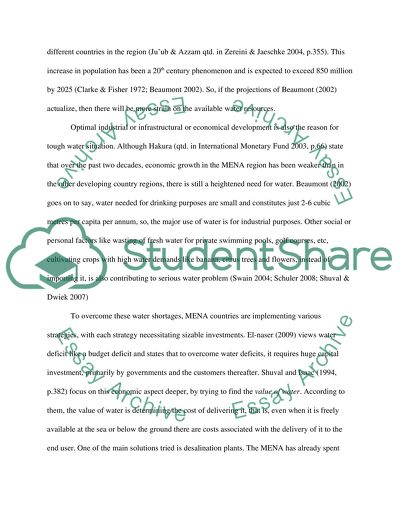Cite this document
(“Atmospheric Water Generation: A solution to the Middle East and North Literature review”, n.d.)
Retrieved from https://studentshare.org/miscellaneous/1573658-atmospheric-water-generation-a-solution-to-the-middle-east-and-north-africas-water-problems
Retrieved from https://studentshare.org/miscellaneous/1573658-atmospheric-water-generation-a-solution-to-the-middle-east-and-north-africas-water-problems
(Atmospheric Water Generation: A Solution to the Middle East and North Literature Review)
https://studentshare.org/miscellaneous/1573658-atmospheric-water-generation-a-solution-to-the-middle-east-and-north-africas-water-problems.
https://studentshare.org/miscellaneous/1573658-atmospheric-water-generation-a-solution-to-the-middle-east-and-north-africas-water-problems.
“Atmospheric Water Generation: A Solution to the Middle East and North Literature Review”, n.d. https://studentshare.org/miscellaneous/1573658-atmospheric-water-generation-a-solution-to-the-middle-east-and-north-africas-water-problems.


